Honestly, my reaction was “This is the wrong time.” The Chuck Sherwood Leadership Award is not a hyperlocal award… it is about moving the movement forward. I felt, that even with thirty-six years as a volunteer in several citizen media movement roles, I had not yet accomplished enough to win. But, upon hearing the news on social media, Chuck replied, “It is about damn time.” My heart.
On March 19th, while at WPAA-TV, I received an email communication from Alliance for Community Media Northeast Region (ACM-NE) This is quite common. However, this one was personal. The email stated:
I am happy to inform… selected you for the Chuck Sherwood Leadership Award. We received a nomination for you from your colleague, Rich Mavrogeanas. The Board unanimously approved your nomination as you are so deserving of this recognition. We will be holding an Awards Night at our conference in Providence, RI at the Renaissance Hotel on Thursday, March 31.
Alliance For Community Media North East Awards Committee
I stepped away from the computer and went upstairs to the green room. That is where the most comfortable chairs in the facility are located. I sank into one and cried, feeling the full weight of “It is too soon.”
I have a work in progress, which I want to be a fundraiser for the Alliance Foundation and WPAA-TV. It is a story of how community media is more than TV. But my memoir Citizen Media Maven-The Life had been delayed by unforeseen obstacles inclusive of a long bout with the pandemic virus.
The memoir project is a local story for the full space of community media, beyond my local community, or my state. Mine is an ordinary citizen story, with glimpses of other ordinary citizens co-existing, in a community with some peculiar barriers to free speech and transparency in government. My unfiltered feelings about these unnecessary obstacles in a world littered with hurdles would take up too much air during the awards ceremony. It will take an entire book to give context to the nuance.
In the memoir’s prelude entitled, A True Tale, According to Me, I state my intention.
It is my intention to strike the match of curiosity in you about citizen media story telling. All matches do not light. Some begin a blaze. Some are replaced by lighters and the presumption of an upgrade. All burn out and leave a residue behind.
Citizen Media Maven
My son, who is as old as my commitment to the movement, said “reframe… and make it a chapter.” He is intimately aware of my in-process memoir. I share with him the irony of this award and the conflicted feelings. Over a decade before, it was Chuck Sherwood who christened me a maven for the movement.
The Leadership Award and the Man
For over forty years, Chuck was a Public Sector Consultant focusing on Telecommunications Planning and Community Needs Assessments for Cable Franchise Renewals. He remains unabashedly ‘for the people’. The hallmark of his visionary leadership is being available to share strategies and insights. The planks for policy and strategies that emerge from conversations with Chuck challenge the status quo and push everyone’s access to media forward.
Collectively, over lunch at an Alliance For Community Media (ACM) conference, Chuck and I were trying to encourage two Connecticut members to resurrect the Alliance in CT. This nudge would become a happening in 2009. Adding to a full plate of irony, both of these dedicated ACM members are recipients of the Chuck Sherwood Leadership Award. In 2009, Jennifer Evans, the Executive Director in West Hartford, received the award related to her effort to resurrect ACM-CT. Ten years later, Pua Ford, the Government Access Coordinator in Woodbridge CT, was also recognized in honor of Chuck Sherwood. She served on both the ACMCT and regional board in the intervening years. Within the League of Women Voters, she has facilitated reaching a consensus on ‘community media’ and its vital role in the preservation of democracy
The Chuck Sherwood Leadership Award recognizes an individual whose commitment, experience and/or accomplishments has made a significant contribution to the preservation and growth of community media. This individual goes above and beyond the call of service to the mission and goals of the regional Alliance for Community Media.
Alliance For Community Media North East Awards Committee
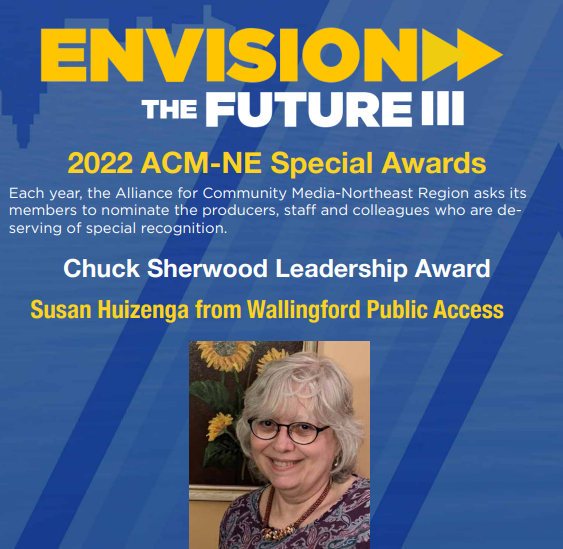
In preparation for the award ceremony, I was asked to provide a bio and headshot.
Since my nominator would not be in Providence, I was tasked with identifying his stand-in for the ceremony. Pua agreed to take the stage on my behalf. It was her credibility in the room that made all the difference.
Most in attendance had no idea who I was or what I could have possibly done for this recognition. Or, that I had been part of envisioning our future in Connecticut for a long time.
My Bio – Expanded
As the volunteer Executive Director of WPAA-TV and Community Media Center for the past decade, my retiree life has been consumed by whatever walks in the door. And with each daily encounter, two lives change in unexpected ways.
How did I end up here? Through elaborate happenstance. With Stuart M. Arotsky, of West Haven, and a member of the original advocacy team from Hamden, I became an incorporator of the first nonprofit P.E.G. station in CT, Citizens Television. Collectively, we rescued a 6-year community effort from collapse. I was President of the New Haven League of Women Voters in 1986. Jointly, these two organizations successfully lobbied for the redesign of the City of New Haven Alder’s Chambers to be outfitted with built-in video production capabilities. In 1988, my learning curve escalated with my introduction to cable company attorneys. I was an Advisory Council Member during the franchise transfer of assets from Storer Cable to Comcast.
My preoccupation with the Community TV movement provided many more opportunities to serve as a leader in the public interest. After a decade of leadership roles in the League of Women Voters, I transitioned from consensus-based advocacy to what appeared to be a more inclusive and creative movement: Community Media.
As President of North Branford Cable Access Group, Inc. (1990-1993), I led a total volunteer station cablecasting out of the police station’s closet into a community space. The creative aspects of my media learning curve flourished during this period. The Community Bulletin Board featured images of seasonal changes in the rural landscape of this farm community.
No. Branford is the smallest community in Connecticut with dedicated community TV channels. Each of the towns in the Comcast Branford franchise area has three channels: Public, Education, and Government. There was also a regional public channel run by the cable company, Heritage Cablevision.
In No. Branford, the core team included a married couple, Marion and John Robert Dufourny. Marion, a well-respected stringer for the New Haven Register, exposed, as she did in her paintings, the extraordinary in the ordinary. With a huge and generous smile, she gathered her community’s stories with John, who ensured a camera was always at the ready. She championed my proposal to rebrand the channels in a manner that reflected the character of the community. In a special meeting dedicated to “What shall we be called”, Marion motioned:
I move that we adopt the name Totoket TV, Totoket is a name that harkens back to the ancestral land of the Totokets, an indigenous community within the Quinnipiac tribe. Totoket is a name often chosen to represent us: Small and distinct like the traprock mountain massif, Totoket Mountain, within the Metacomet range.
Service Interrupted – Reignited
My personal life weathered several relocations and name changes over the next few years. Therefore, I was MIA during the biggest legislative cable company coup in CT. Under the guise of making community media cost-effectively available in every community, Connecticut became one of the first statewide community media infrastructures in the nation.
Reading all the cues wrong, and relying on my visits during the 1980s, I bought a home in Wallingford in 1995. I commuted to No. Haven for my day job. The cues were: the LWV Wallingford-Cheshire invited me to facilitate their local national consensus on reproductive rights meeting, one of the middle schools is named after Diplomat Dag Hammarskjöld, Secretary-General of the United Nation, and a (not nearly as pretty as Totoket TV) community bulletin board began running out of the Wallingford Public Library in 1975. About the only thing that had not taken a less-than fortunate turn by 1995 was that the environmentalist legislator, Mary Mushinsky, whom I met at that LWV meeting in 1983, was still in office. Even the local LWV morphed, leaning fully into being a unit of CT Junior Women.
It took a few years before I was discovered in Wallingford. And just like in the 1980s, I was actively solicited to engage in local public access matters. Advocates and local producers typically are involved until they stop providing free meals for advisory council meetings, the producer wins a local election or they rest in peace. Most create content of some kind along the journey.
When I agreed to reengage, I thought I was joining something familiar that could be enjoyed with my curious family. I was totally unaware, and unprepared, for the amount of change that had transpired. Not only had the state significantly changed community media but my town of choice, Wallingford, was an anomaly within our outlier state. In 1993, the town radically shifted from most progressive to extremely regressive in the handling of the resources for the community’s media.
In a note to a Wallingford resident who I knew at my day job, I expressed that I was appointed to the So. Central CT Advisory Council (SCCCAC) without ever having a conversation with the Mayor. I was considering requesting a meeting. I shared:
When I accepted the appointment I anticipated that I could ease into the process as there were other Wallingford members on the council. Now I am trying to ascertain parochial interests & play catch-up because the relationships in the community appear to have been strained for several years.
She suggested that meeting with the Mayor was a good idea. She reassured me (he) “…will be impressed with your professional and forthright manner, as I am.” My appointment was recertified bi-annually for the next decade. But when the other two appointees resigned, the Mayor never filled their seats.
I was the lead community representative on the dissolution of the regional channel. My advisory council role transitioned to the chairperson in 2003. There would be a 12-year franchise agreement followed by a franchise transfer, this time from AT& T to Comcast. I resigned in 2010.
Winning the ACM Cultural Diversity Award was a brief distraction from the administrative demands of community media. For one week, I spent time with my stepson learning the basics of documentary video production. Our team of four produced, Ordinary People, Everyday Doors which I had hoped would be a prototype for more mini-documentaries. However, the unusual situation in Wallingford has kept that project on the back burner indefinitely.
My Meandering Speech
Pua finished a gracious introduction. Then it was time for me to be guided up the step to the podium. At that moment, I remained conflicted. I did not have my notes with me outlining key ideas. I had found it impossible to focus on any written remarks when practicing what to say earlier. My left eye was refusing to cooperate. I was going to rely on memory. I could tell the crowd did not recognize me. Lately, I had not recognized myself much either. Since Covid, I see my grandmother in the mirror. But truthfully, I was not the type of leader they would know. I tried to lead by example and provide proof that community TV can thrive in a ‘hostile environment’. I gave context to the word hostile with a story of invisibility. As I told the story, the trauma overtook me. I really do not know what I said. I wanted to see the video before posting this blog, but it has not materialized.
Next up would be the presentations for Community Impact. To my surprise, and with some unexpected validation, Rev. Will Mebane, now of Falmouth Mass, said he knew ‘a not to be named Mayor’ who very much could be the person in my story. And that he once had a business in Wallingford. The show he co-hosts, The Conversation, speaks to his experiences to attempt open dialogue and work to educate our community on issues of racial justice.
Whatever I said on stage that night must have been awkward. The following day, several of the younger conference attendees politely asked me about my PTSD. They could not imagine doing this type of work without the support of local town leaders. They offered me hugs. They wanted to protect us both, me and community media. I thanked them for their comradeship, assured them that an attack on social media would serve naysayers more than the cause and that I was committed to having the work speak for itself.




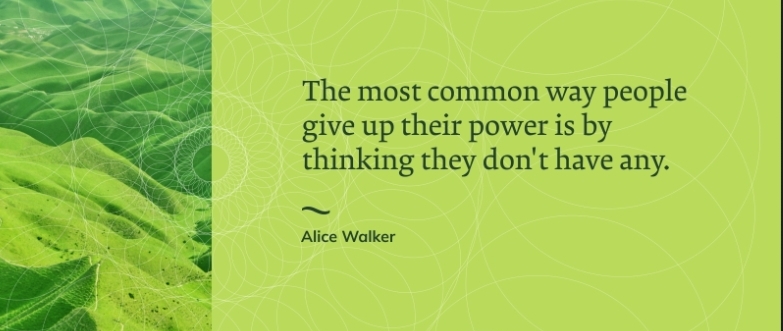

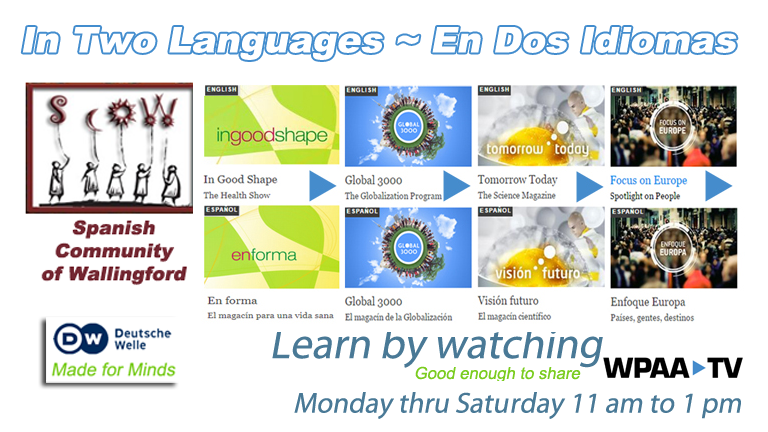
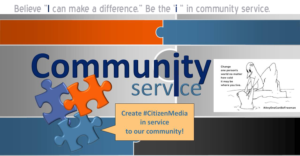
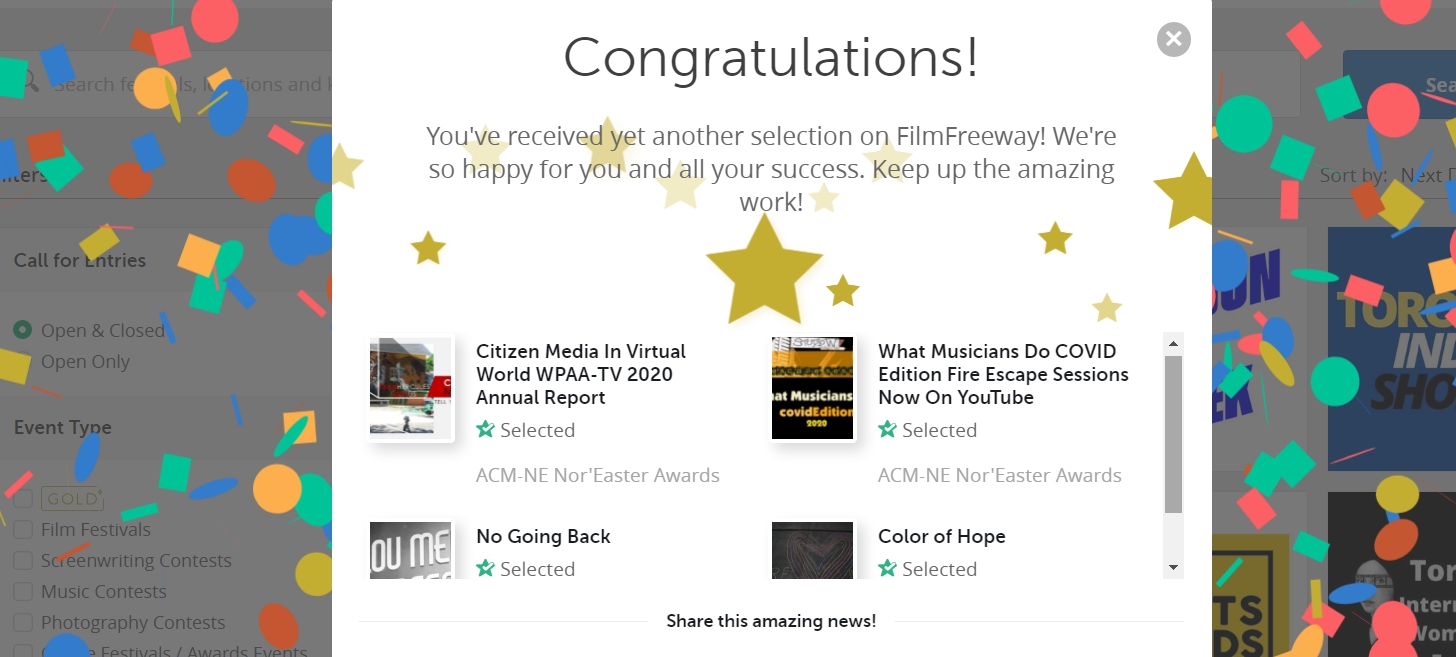
A week ago, I committed to making some adjustment in my service & focus dependent on outcomes on May 4.This picture is more effective as a video. On the last day of the #TheGreatGive06492 campaign, the Record-Journal promotion (and the collaborative effort) is literally blowing across my lawn.
The TV station WPAA-TV suffered an outage of nearly 10 hours. The Comcast feed went down 2 hours before our annual fundraiser special featuring the boundary pushing @Mike Casey Jazz Trio. This event’s reimbursable costs were covered by a @CtHumanities operations outreach grant.
The outage was resolved at about 2 am but I came in to monitor TVs that were still frozen. Not told about the problem status, I did not realize I needed to reboot our monitor TVs until late in the day. Tech & communication snafus are exhausting me.
The CT legislature passed SB 278. It was expected to change funding parameters to improve our sustainability. Unprecedented, this bill morphed into a study of Community TV funding & delivery with a full replace Amendment.
It will, and should, have consequences. Will they be favorable to democracy, or profit making companies? TBD. The built in prerequisites capping funding to the 3 years with the highest decline in subscribers makes it clear whose lobbyist drafted the Amendment. I believe a 3rd party independent study is necessary but this was not funded. If it is handled like a PURA Docket the outcomes will likely benefit communities of profitable interests.
WPAA-TV and Community Media Center won Overall Excellence for our size in Alliance for Community Media 2022 Hometown Video Festival. An incredible honor for the 3rd time in 4 years. #busydifferently
Our #TeamHercules Youth are also being recognized for their advocacy videos and local producer/animator Michael Schleif
for Children’s Programming. Chicago here I come.
Our MYB Innovation in Arts Space Initiative is now dependent on the health challenges of property owner. awkward #Innovation
Today, I have officially completed 10 years as volunteer Executive Director. What my next steps will be have been ruminating in sleeplessness for weeks. Stay. Leave. Refocus.
I had decided to leave it up to the where the universe is today to determine how to refocus. But as usual, my life defies focus.
A contribution of $5, $10 to my decade long passion project would be an uplifting wind.